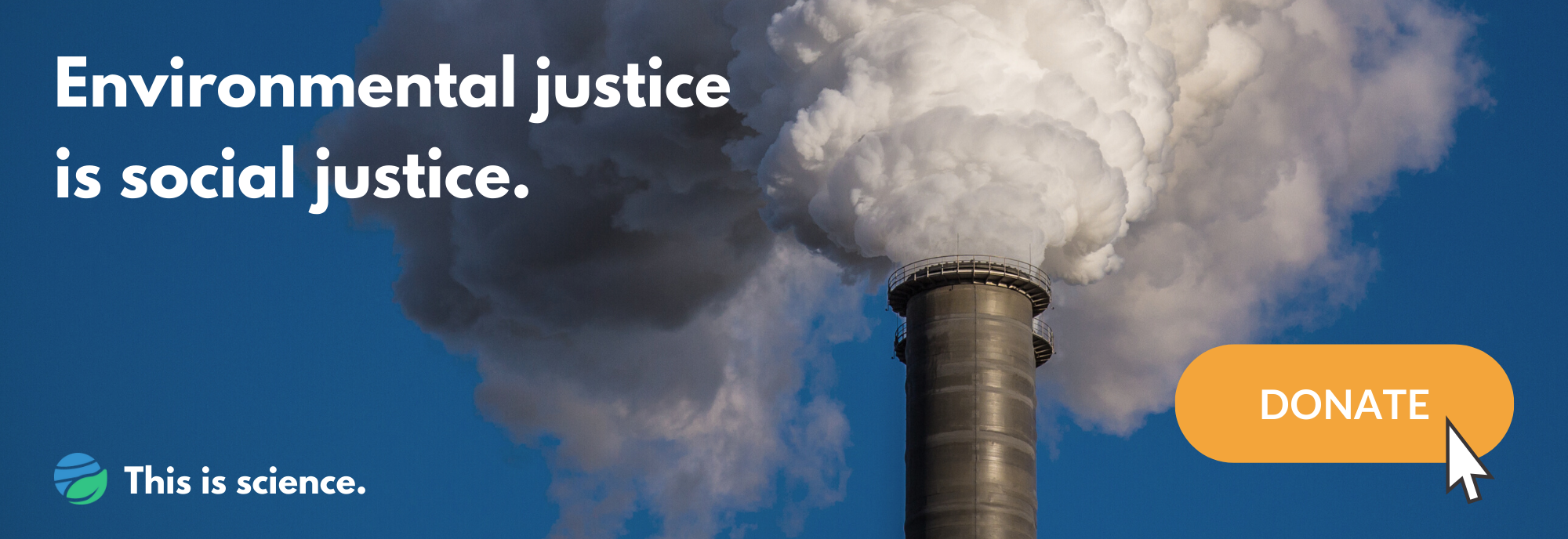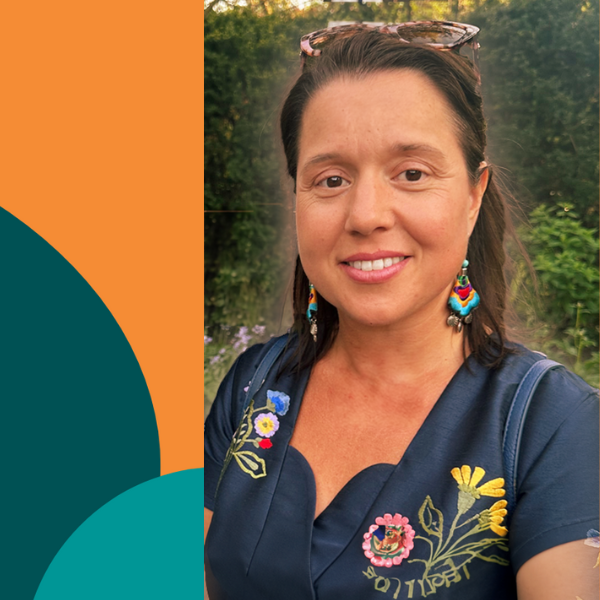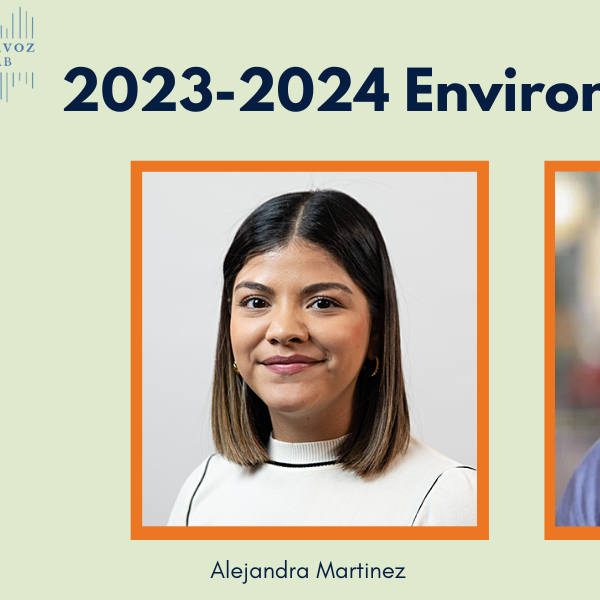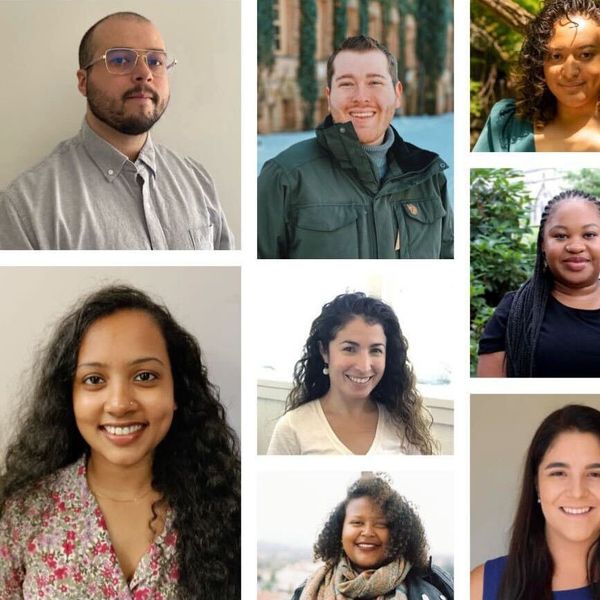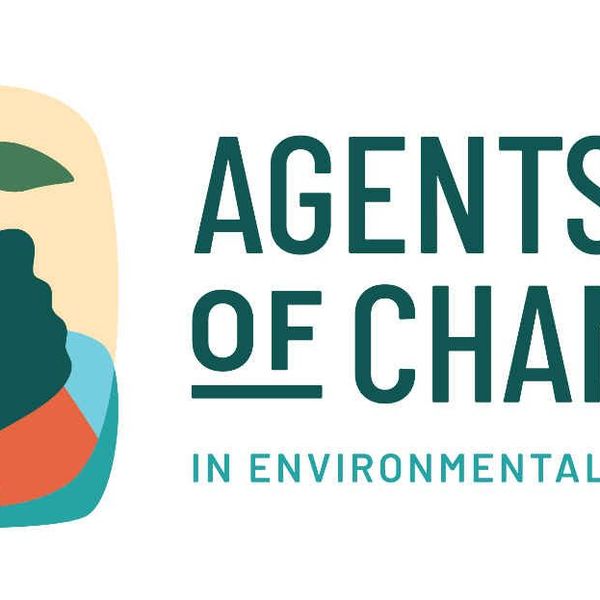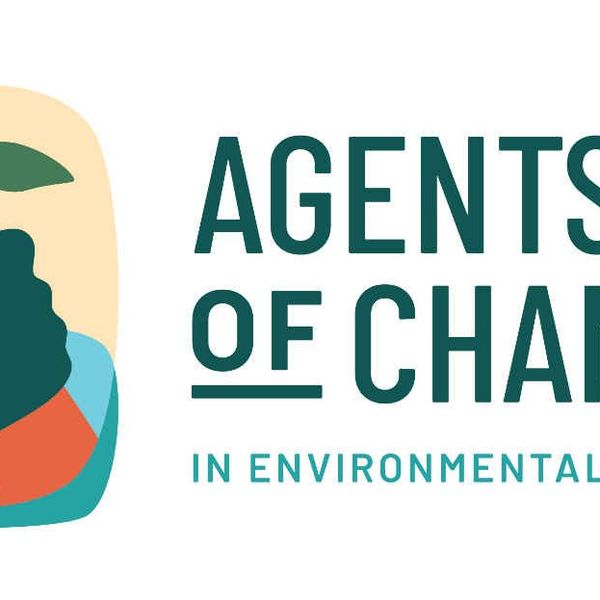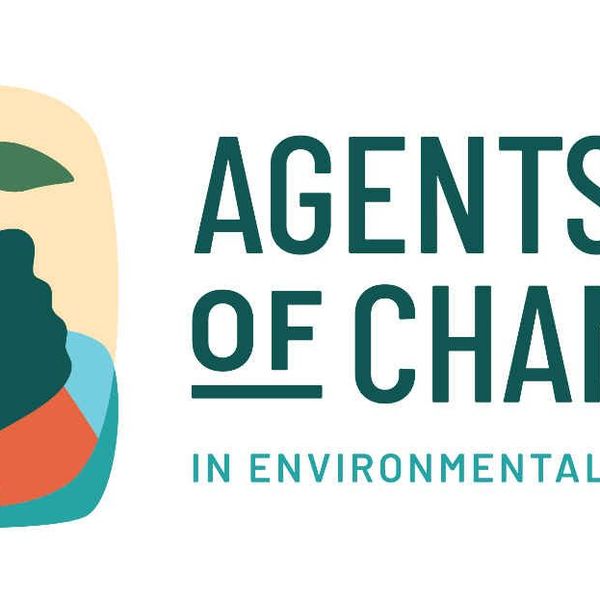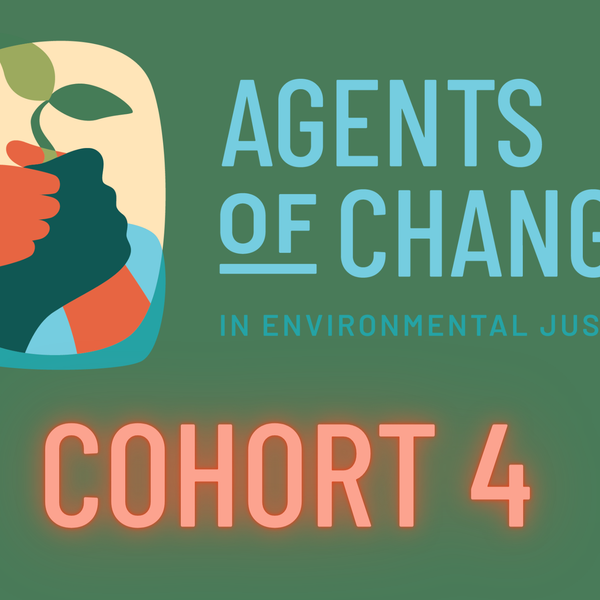Every year my home of Visalia, California, makes it to the top of lists like the “worst places to live” or “least educated places in the country.”
California’s Central Valley, one of the most productive farming regions in the world, faces serious social, economic, and environmental challenges including pollution from three major industries: agriculture, dairy, and oil.
California agriculture depends on Latino and immigrant labor. Since their exclusion from the National Labor Relations Act of 1935, farmworkers and their employers have an imbalanced relationship. For example: until a 2016 law, that went into effect in 2019, California farmworkers did not qualify for overtime.
This essay is also available in Spanish
It should be no surprise that farmworkers today continue to work in harmful and dangerous working conditions, including exposure to pesticides. It’s not just those working with the chemicals: pesticide drift, when pesticide spray or dust moves beyond the farm field it’s applied on, can also be dangerous to farmworkers, their families, and communities. A recent study found exposure to specific carcinogens in pesticides among pregnant women who lived 4000 meters from application was linked to children’s brain tumors.
But the Valley is also home to fierce environmental justice advocates.
Communities of color in the Valley are the originators of local environmental justice movements before the term came into existence. Environmental justice fights started in the Valley as early as the 1960s, with the signing of the first United Farmworkers (UFW) union contracts to create worker-led health committees, and contract agreements to restrict the use of certain pesticides—including DDT before its official ban.
The UFW is the longest standing farmworker union in the U.S., established in Delano, California, in 1962, initially as the National Farm Workers Association. They started as part of the broader multi-racial Farmworker Movement that initiated the Delano Grape Strike and boycott in the 1960s and 1970s, bridging public consumer concerns of pesticide exposure with farmworkers’ fight for better workplace conditions.
As a sociologist, I’ve met and interviewed former UFW organizers. For some, their work in environmental justice extended beyond their UFW days. I thought their stories would show the link between UFW and environmental justice. Instead, I encountered complex life histories, with some former organizers rejecting my assertions that the UFW and environmental justice were connected.
It should not be surprising that former organizers and farmworker communities are skeptical of environmentalism. Major environmentalist organizations have a history of siding with xenophobic organizations to blame immigrants for America’s environmental problems.
However, the UFW leaders were probably the biggest environmental justice leaders, without calling themselves that. They found and adopted a definition of the environment as people-centered.
Lupe Martinez, 69, first a UFW volunteer in 1960 and then an organizer in 1982, recently retired as assistant director of the Center on Race, Poverty & the Environment. I met him at his former office in Delano. His office was covered with memorabilia of past union elections and more recent environmental justice victories.
“The environmental justice term didn’t come until later. When the farmworker movement started it was already happening but it's not what it was called,” Martinez said.
I learned that I had to put my existing ideas about environmental justice aside, to just listen to people’s stories.
From Earth Day to local churches

Roberto Bustos, a former UFW organizer.
Gilbert Padilla, 94, was a co-founder of United Farmworkers. We met at his home in Fresno and later took a short walk around the Malaga, an unincorporated community outside Fresno. A nearby Superfund site, originally owned by Purity Oil Sales, contained millions of gallons of used oil and was first ordered to be cleaned in 1974. Subsequent investigations found arsenic, mercury, lead, benzene, and other chemicals.
Padilla was a speaker at the first Earth Day event in 1970. A decade later after leaving the union, Padilla and his wife Esther, a former UFW member who at the time worked for the Sequoia Health Clinic, worked to identify and relocate residents away from the toxic site in Malaga that was later designated a Superfund site. House meetings, community-initiated health surveys (biomarkers to measure cancer and stillbirths), and powerful allies like Senator Art Torres were called on to exert political pressure.
Despite Padilla’s commitment to protecting communities from pollution, during and after his UFW days, he has never aligned himself with environmentalists or environmental justice.
When I asked Gilbert if he remembered who organized the first Earth Day, invited him, or if he recalled his speech, he responded, “no, I spoke every day. Everywhere, every church that would allow us to speak, we would speak.”
Padilla’s response illustrates how former members of the UFW perceived Earth Day, and traditional environmentalism—as a strategic and fleeting moment for recruitment, not as a unifying movement for sustained involvement.
“I’m an organizer”

Dia de Muertos Event at the Comision Honorifica Mexicana American Community Center in Porterville, California. (Credit: Rodrigo Alatriste-Diaz)
I felt a similar resistance to connecting UFW and environmental justice when I interviewed Ben Maddock in early 2018 at his home in Shafter, California. Health problems limited his mobility, but I could still make out the towering figure I imagined of him in his stories, having served in the Marines, worked in tile setting, and as one of Cesar Chavez’s security details. Maddock was an organizer and helped negotiate and manage union contracts as far as Florida.
At the kitchen table with Maddock and his spouse, I asked about his union days, pesticides, and the environmentalist label.
“My dad was an orange grower. But he used all these pesticides to produce a crop. I'm an organizer!” Maddock said. “I like to look at things that are wrong and change them. I don't know I really believe [in environmentalism] as long as there is pesticide use there's a danger. I look at the stuff in the market, and the stuff being sold as organic looks the same as the stuff that is not.”
This essay is part of "Agents of Change" — see the full series
His skepticism of organic farming is not off the mark if you consider that fields near his home, including organic farms, use recycled wastewater from oil drilling for irrigation. I left with the impression that Maddock had a particular disdain for environmentalists.
I found UFW organizers commitment to social justice was to improve the lives of farmworkers, first and foremost. Their work and ideas about social justice could not be reduced to a single issue like poverty, the environment, or even pesticides.
Maddock passed this last July. Our mutual friend, Chris Schneider, 65, also a former UFW organizer and recently retired Regional Director in the California Agriculture Labor Relations Board, shared a story he read about Maddock on Facebook. The post described Maddock’s involvement as the chief negotiator of the Coca Cola (Minute Maid) contract for Black, Mexican, and white citrus workers in Florida. That final contract agreement lowered wage increases in exchange for a permanent ban on the pesticide Temik (Aldicarb), a neurotoxin, with known acute symptoms (nausea, vomiting, diarrhea, dizziness, and headaches) that was recently re-introduced and re-banned from Florida citrus production.
I was wrong about Maddock. He did play an important role in environmental justice for farmworker communities, whether or not he realized it.
Women’s role
Sandra Garcia, 62, co-founder and co-director of Campesinas Unidas del Valle de San Joaquin (United Women Farmworkers of the San Joaquin Valley), and I talked at her home in Poplar, California. Her parents were Huelgistas (strikers) with the UFW during the Guimarra strike, a labor strike against the Guimarra Vineyards Corp., California’s largest table grape grower and one of first companies to go on strike, be boycotted, and sign a union contract in 1970.
Today Garcia is a member and leader in various environmental justice organizations in the Valley. As a former farmworker she recalled that before bathrooms were mandatory in the fields and when crops were too short to provide privacy, women would huddle together and hold objects up to provide privacy. Mothers would have to take breaks and walk their daughters for sanitation needs in the fields to ensure their privacy and safety from sexual assault.
Garcia shared a craft with me, a plastic pen with a beautiful flower with leaves at its end made of recycled cloth and plastic. She explained that members of Campesinas Unidas collect used decorations from quinceañeras (a celebration like sweet 16) to repurpose them as pens and sell for grassroots fundraising.
Sandra’s experiences in the field and her organization’s creative funding strategies show how women and culture influence women farmworkers’ political practices. Sandra describes her ongoing work [translated]:
“For them [women farmworkers] to learn where resources are, each community has their own resources, we have to know each resource, how to use them to make their community more safe for them, for their children, and family, we want to have safe communities…, not kicking people out, not deporting them, we have to educate women that they are the ones who mobilize the home and can also mobilize the community.”
For environmental justice advocates, the environment is not only unsafe due to chemicals, but their personal and physical safety is also at stake. As Sandra’s experience illustrates, sexual assault in the fields and the criminalization of immigrant farmworkers are priorities for communities and their environment.
Ongoing legacy of environmental justice in the Valley
Revisiting the Farmworker Movement and its legacy in environmental justice is a reminder of the long struggle to end exploitation of farmworkers and their environment.
The UFW’s environmental justice legacy in the Valley today is seen in the organizations that were built or touched by former organizers and participants. As former organizers retire, they leave a list of EJ organizations in the Valley they helped build, like the Central California Environmental Justice Network or contributed to like the Center on Race, Poverty & the Environment.
This legacy lives on in the advocates themselves. I first met Josefina Flores, 89, at the 2015 March for Real Climate Leadership in Oakland, California. UFW participants like Josefina were beat, shot, and arrested during the Delano Grape Strike. Today former participants like Flores and Ruth Martinez, both members of the Center on Race, Poverty & the Environment, are a common presence at environmental justice rallies in the Valley. Their persistence and stories inspire the next wave of advocates.
As researchers, only when we listen to people’s stories who may not see themselves as “environmentalists” and hear how their political engagement started, transpired, and broadened, can we understand environmental justice in the Valley.
This essay was produced through the Agents of Change in Environmental Justice fellowship. Agents of Change empowers emerging leaders from historically excluded backgrounds in science and academia to reimagine solutions for a just and healthy planet.
Banner photo: Lupe Martinez
- New country, same oppression: It's time to bolster farmworkers ... ›
- Op-ed: Essential farmworkers deserve pesticide protections - EHN ›
- LISTEN: Nayamin Martinez on organizing for farmworker justice - EHN ›
- LISTEN: Rodrigo Alatriste-Diaz on the intersection of labor and environmental rights - EHN ›
- Adrift: Communities on the front lines of pesticide exposure fight for change - EHN ›
- Empleos precarizados, explotación y cambio climático: un pez que se muerde la cola para los trabajadores agrícolas - EHN ›
- Op-ed: Farmworkers’ vicious cycle of precarious employment, exploitation and climate change - EHN ›
- Jan-Michael Archer on the fight for environmental and workers’ rights - EHN ›


